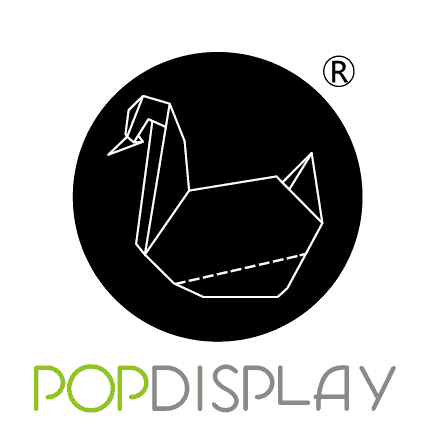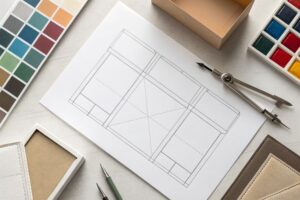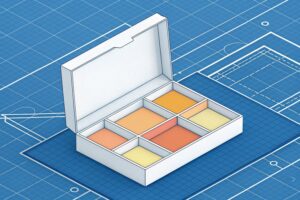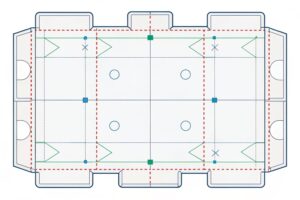What is Paperboard?
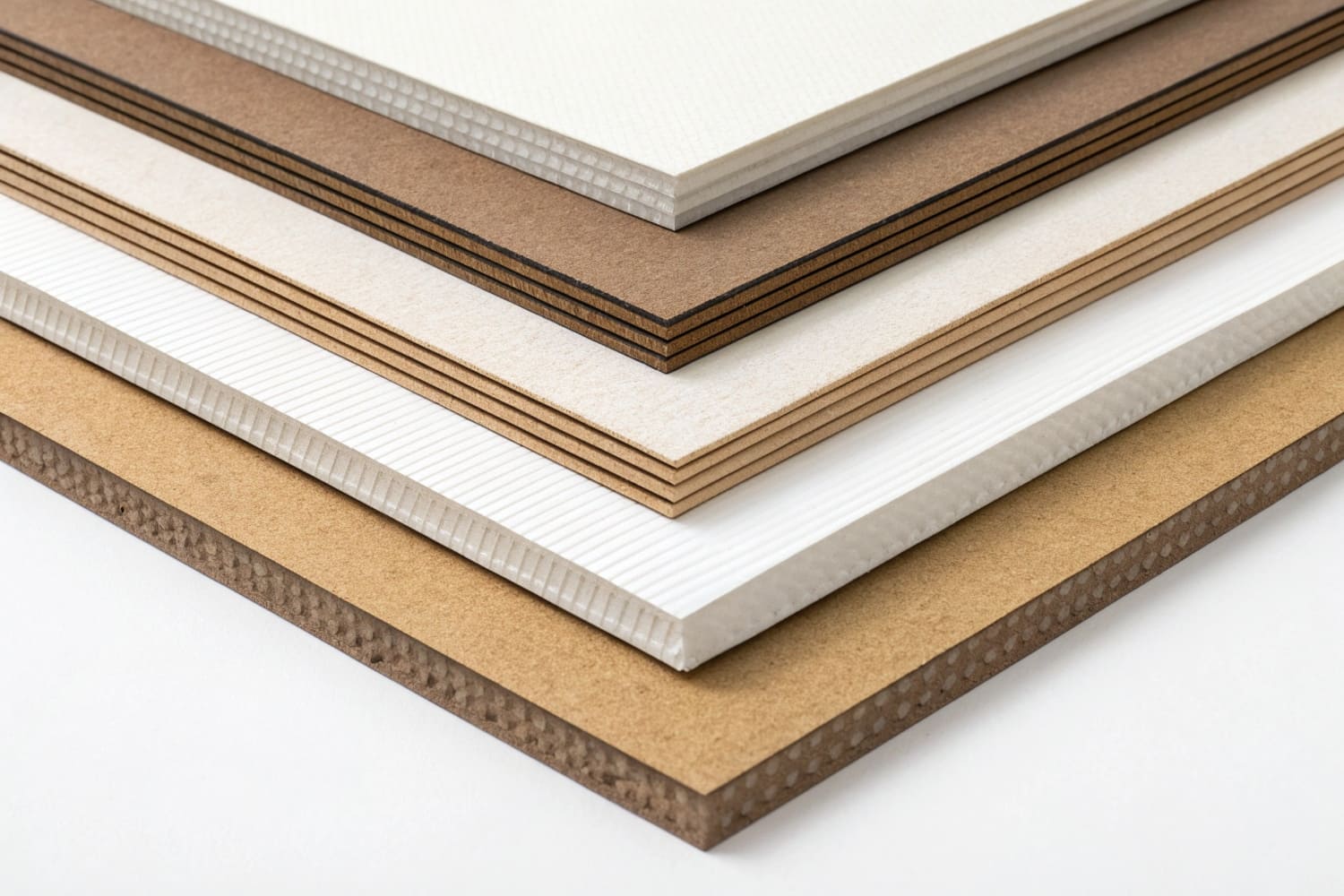
I see teams ask if paperboard is just a thin box. I see buyers fear weak walls and bad prints. I show them real samples, simple tests, and clear material choices.
Paperboard is a solid, single-ply or multi-ply fiberboard, usually 0.3–1.0 mm thick, made from virgin or recycled pulp; it differs from corrugated board, which has fluted layers for strength; paperboard suits cartons, sleeves, and POP graphics.
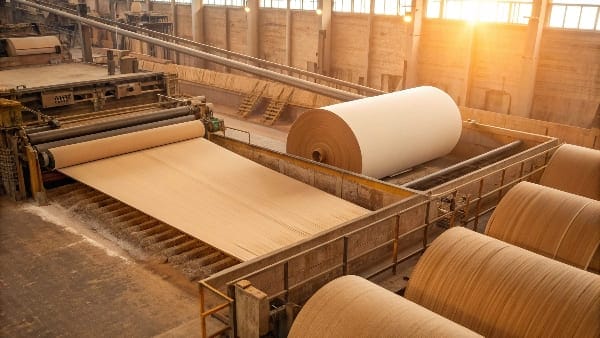
I will explain in plain words. I compare paperboard with cardboard. I map the trade-offs. I show key use cases. I answer the “flimsy” myth with tests I run in my factory.
Is paperboard the same as cardboard?
Many people mix the two. I did the same when I started. A buyer said “cardboard” and meant three different things. I learned to ask for thickness and structure.
No. Paperboard is a flat, solid sheet for cartons and graphics; “cardboard” is a loose term that often means corrugated board with flutes; they differ in structure, strength, and use.
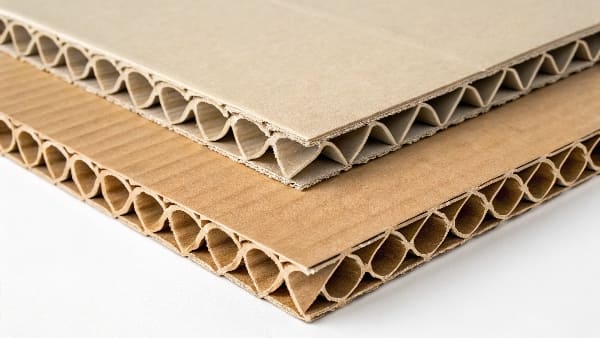
How they differ, and why it matters
I keep the language simple when I brief clients. Paperboard1 is a smooth sheet. It prints well. It creases cleanly. It is great for sleeves, folding cartons, inserts, headers, and some countertop displays. Corrugated board2 has two liners and a fluted core. It carries weight. It travels better. It suits floor displays and pallet displays. I use both in one build when needed. I use paperboard for skins and graphics. I use corrugated for the load path. I also check fiber mix. Recycled content helps cost and image. Virgin kraft helps edges. In North America the terms get messy. Some buyers say “cardboard” for everything. So I send a quick photo with cross-sections. I add caliper, ECT or BCT, and GSM. The talk becomes clear. The design then fits the job. The result saves time and cost.
| Item | Paperboard | Corrugated (often called cardboard) |
|---|---|---|
| Structure | Solid sheet | Liner–flute–liner |
| Typical caliper | 0.3–1.0 mm | 2–7 mm |
| Print surface | Very smooth | Good with top liners |
| Best for | Cartons, sleeves, headers | Floor displays, shipper trays |
| Strength path | Through sheet | Through flutes |
| Cost per unit | Lower for small items | Efficient for larger loads |
What are the disadvantages of paperboard?
I like its print and fold. But I also tell the limits first. Clear talk builds trust and saves back-and-forth later.
Paperboard dents, bends, and absorbs moisture more easily than corrugated; it holds less weight, suffers in transit abuse, and needs coatings or laminations for wet, oily, or high-touch use.
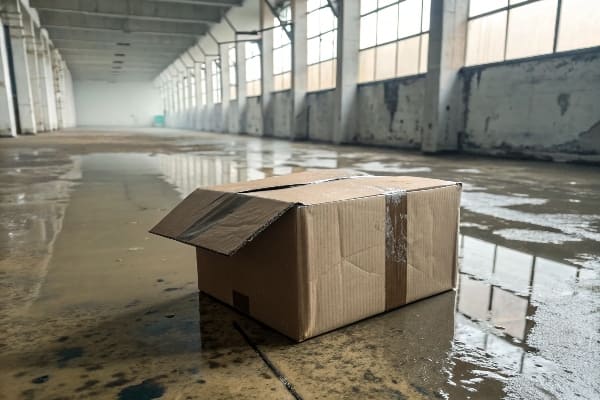
Typical risks, and how I reduce them
I see three main risks. The first is load. A paperboard shelf will creep under heavy goods. I move heavy SKUs to a corrugated frame. I add hidden tabs and double walls. The second is moisture. Paperboard fibers swell and lose stiffness when wet. I add water-based coatings or a thin film lamination when a store has chilled aisles or high humidity. I keep coatings recyclable when we can. The third is transit shock. Corners crush if the shipper packs too tight or too loose. I ship flat whenever I can. I add edge guards in export cartons. I train crews with a one-page SOP. I also warn on UV fade. Dark greens and reds shift under store lights. I use light-fast inks and a top coat when color must match a hunting brand palette. I log every failure. I adjust dies and scores. I keep a small wall of “bad parts” to remind the team what not to repeat.
| Disadvantage | Why it happens | My fix in production |
|---|---|---|
| Low load capacity3 | No fluted core | Add corrugated frame or double wall |
| Moisture sensitivity | Fiber swell | Water-based barrier, quick-change stock |
| Edge crush | Thin caliper | Add hem folds, cap strips |
| Color fade | UV and heat | Light-fast inks, top coat |
| Scuff marks | High-touch areas | Matte film where needed |
What is paperboard used for?
I use paperboard every week. I cut, crease, and print it for brand work. I mix it with corrugated when a display needs both look and strength.
Paperboard is used for folding cartons, sleeves, inserts, headers, hang cards, countertop displays, PDQ trays, gift boxes, and premium graphic panels on POP displays.
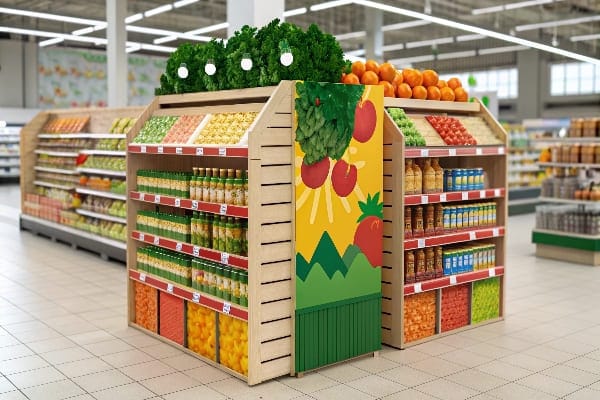
Where it shines in real retail
I sell B2B, wholesale only. My buyers run launches with strict dates. They need fast turns and clean print. Paperboard gives that. I do cosmetic sleeves, snack PDQs, and hang cards that sit by checkout. I also skin corrugated floor units with paperboard litho-lam4. The surface looks like a premium sign, but the core carries weight. In the US and Canada, I see strong demand for PDQs in big-box chains. In Europe, I see more talk on recyclability and water-based inks5. In Asia Pacific, I see fast growth in displays across new retail sites. I design for flat pack, quick setup, and strong color. I run small digital lots for tests. I move to offset when orders repeat. One buyer in outdoor sports needed a compact header for crossbow accessories. I used SBS 18-24 pt with a reinforced euro-hole. It shipped flat. It hung straight. It sold through. We repeated with minor art tweaks.
| Use case | Typical board | Why choose paperboard |
|---|---|---|
| Folding cartons | 16–24 pt SBS or FBB | Smooth print, clean folds |
| PDQ trays | 20–24 pt + inner brace | Nice face, quick pack |
| Hang cards | 18–28 pt SBS | Punch holes, tidy edges |
| Graphic panels | 18–24 pt + lam | Premium look on corrugated |
| Inserts | 12–18 pt | Light, low cost |
Is paper board flimsy?
I hear this a lot. The word “flimsy” comes from bad samples and poor specs. The right spec feels solid in hand and on shelf.
Paperboard can feel flimsy if under-spec’d; with proper caliper, coatings, folds, and supports, it holds shape and looks premium for its intended use.
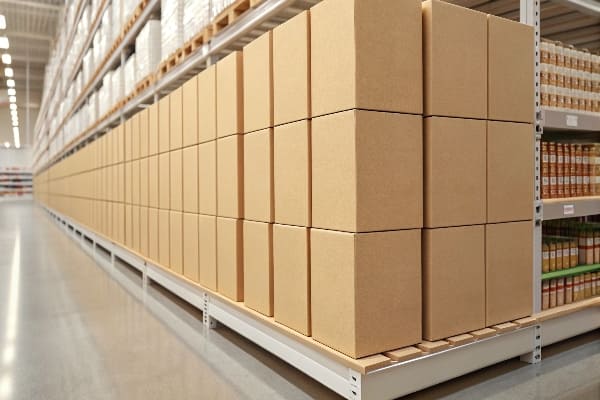
How I prove strength with simple tests
I never ask buyers to trust words alone. I show quick tests. I do caliper checks6 with a micrometer. I run crease tests, tab cycles, and a small cantilever test for shelf lips. I do a rub test on dark inks. I spray a fine mist to check curl. I also run a mini transit stack with weights to simulate a truck ride. For floor units I switch to corrugated frames. For headers and trays I add hidden ribs. I use hem folds on edges to double thickness where hands pull. I round corners to reduce crush. I use water-based varnish for scuff areas. A hunting brand buyer once feared a header would sag under broadhead packs. I changed the score angle, added a bridge tab, and moved the hang slot 5 mm higher. The part passed our 48-hour hang test7 at 2× load. The buyer launched on time. The reorders kept coming.
| Check | Tool | Pass criteria |
|---|---|---|
| Caliper | Micrometer | Within ±0.02 mm |
| Crease | Fold cycles | No crack at 50 cycles |
| Edge | Hem fold | No crush at finger pull |
| Moisture | Fine mist | Curl <2 mm over 24 h |
| Hang test | Weight x time | 2× load for 48 h |
Conclusion
Paperboard is a smooth, printable sheet for smart retail work. I match it with corrugated when weight rises. Clear specs, small tests, and simple fixes remove risk.
Explore the benefits of Paperboard in packaging to understand its applications and advantages for your projects. ↩
Learn about the various uses of Corrugated board in packaging, especially for heavy loads and displays. ↩
Discover innovative solutions to enhance load capacity in packaging, which can lead to better product protection and efficiency. ↩
Explore this link to understand how paperboard litho-lam enhances product displays and packaging quality. ↩
Discover the significance of recyclability and water-based inks in sustainable packaging solutions. ↩
Understanding caliper checks can enhance your testing methods, ensuring precision in measurements. ↩
Exploring hang tests will provide insights into product durability and reliability, crucial for successful launches. ↩
